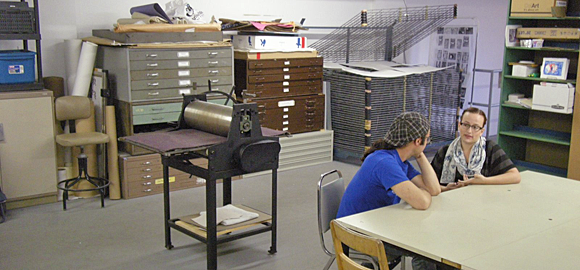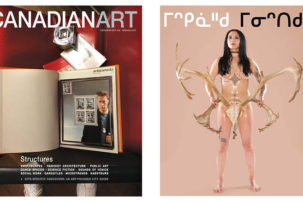Large School vs. Small School
Large schools can offer a wide variety of course topics, and are a good idea if you’d like to take courses outside of the art realm as well as within it. Smaller schools, for their part, are often able to provide flexibility and more personalized learning approaches.
Big City vs. Small Town
Big cities offer more access to art-viewing opportunities, like museum and gallery shows, which can help enrich your art education but can sometimes prove distracting. Small towns, on the other hand, usually offer more access to hands-on work and volunteer positions in the arts, and allow for a clearer focus on art-making.
Graduate vs. Undergraduate
A degree in a non-art field may be able to get you into a master’s program provided you create a strong portfolio. A master’s is a good idea if you’re quite clear about your art goals and would like to teach at the college level. An undergraduate degree, in contrast, can allow for more exploratory activities, and give you exposure to a wider range of teacher, genres, materials, and ideas.
Now vs. Later
Attending art college without a break after high school allows you to work continuously towards your art goals. Taking a break, on the other hand, allows you to accumulate a variety of life experiences that could add richness to your art-making.
Interdisciplinary vs Specialized
Many people, artistic and otherwise, enter post-secondary studies with one idea of what they’d like to do, only to switch paths completely. Art students are no different. If you already feel unsure of the path you’d like to take, an interdisciplinary program could be the best option. If you’re absolutely sure your interests lie in one medium or genre, go specialized—with the awareness that you may want to switch it up later.
Originally published in Canadian Art m
agazine, Winter 2009 print edition.

 Photo courtesy of Hamilton Print Studio
Photo courtesy of Hamilton Print Studio







